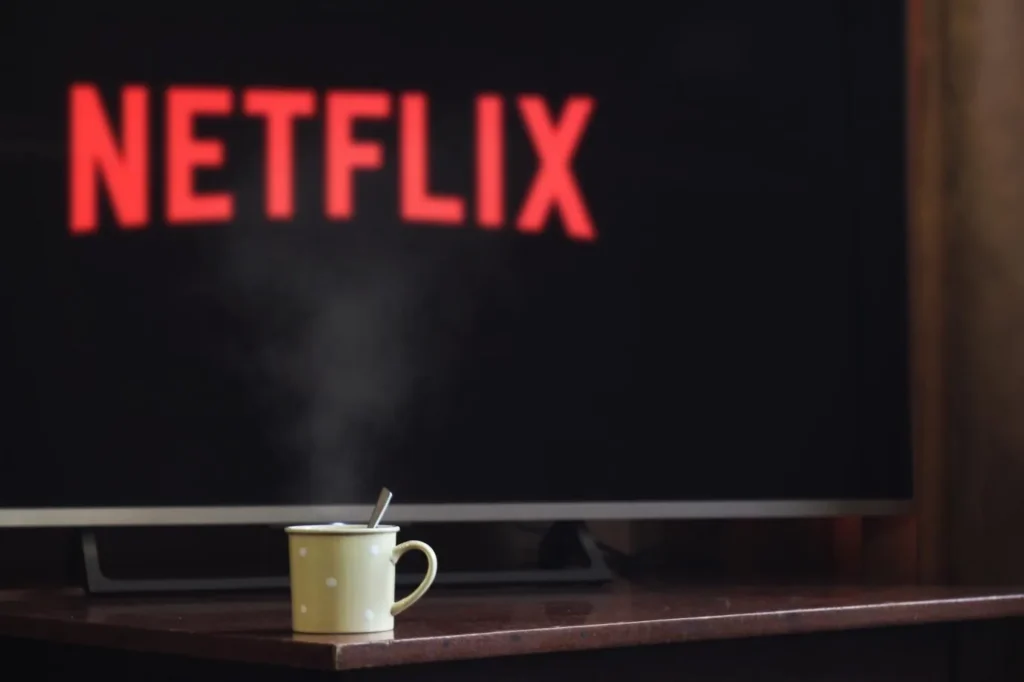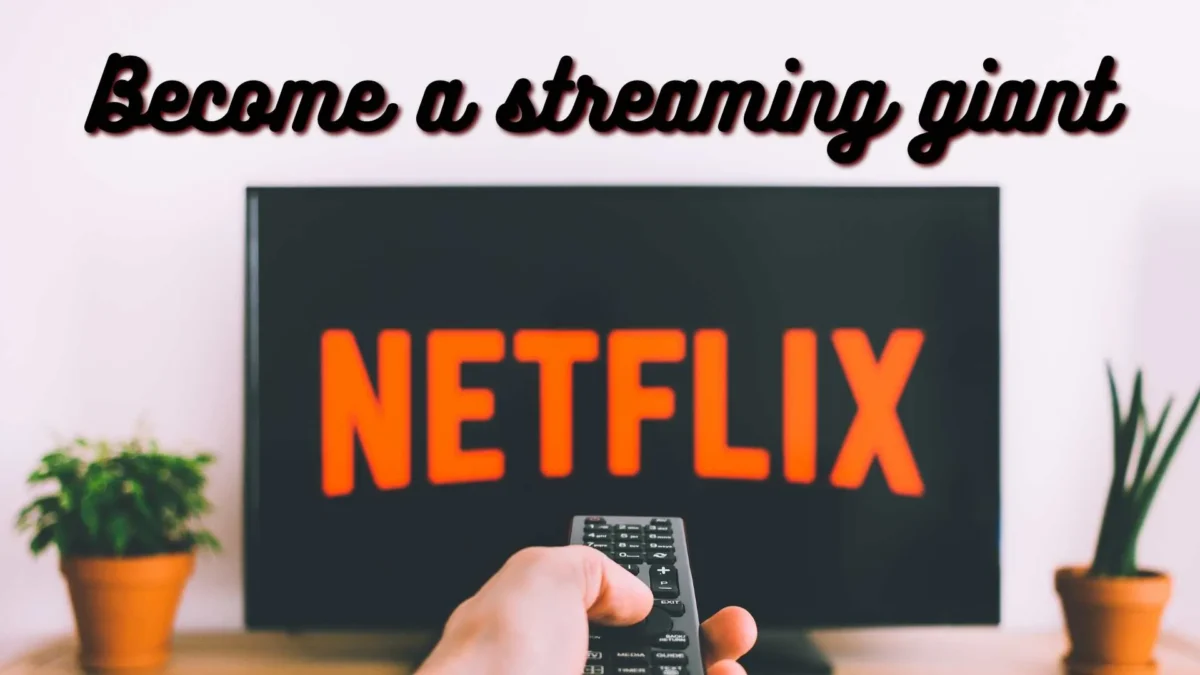The history of Netflix
Netflix is one of the biggest streaming sites in the world, showing and creating some of the biggest shows in the world. The company is now a multi-billion dollar site, hiring people around the world, with Netflix work-from-home jobs on Jooble.
However, it had humble beginnings and didn’t emerge onto the scene as easily as some may believe.
We’ve teamed up with the people at Jooble to provide you with a brief history of the kings of streaming.

Founded
In 1997 Reed Hastings and Marc Randolph launched Netflix as a DVD-by-rental service after Hastings was charged a late fee, he was disgruntled by this fee and believed that people should be able to receive DVDs without the risk of these charges. As such they opted to create a business model with no late fees and eventually just one set subscription fee.
In 1999 Reed Hastings implemented this subscription service but it wasn’t until the mid-2000s that it was profitable, high overheads and the emergence of a new model took time for users and the company to get used to.
They aimed to offer everyone in America any film they desired rather than just what was on offer in their local stores and it was this area of their business model that set Netflix apart from its competitors.
However, Netflix wasn’t an overnight success, slow shipping dates, and expensive movies meant that the company was losing money for a long time, at this time customers were paying for individual movies and may wait up to a week to receive their DVD, so whilst people were interested in the company, there was little return business.
Their move to a subscription model helped, as people had to mail their last DVD back to get their next, so they were much more likely to do so, In addition, there were no late fees, and they would receive monthly fees each month.
They then created a DVD content catalog which recommended content to the users based on what they watched. This was a great idea to take the pressure from the new popular releases as people were renting out older movies, that had less demand. It was Netflix’s response to each setback that helped it become the company known today.
In 2000 they switched to the buffet-style all-you-can-watch, for $19.95 subscribers could receive up to 4 DVDs at a time and as many as they wanted a month. This helped them to maintain their subscriber base and create loyal customers.
Blockbuster
Netflix didn’t run without competition, however, with the powerhouses of Blockbuster being their main competitors in the early 2000s. During Blockbuster’s peak, Netflix CEO Reed Hastings approached Blockbuster CEO John Antioco with a proposal, a 49% stake in Netflix for $50 million, in return Netflix would run blockbusters online platform blockbuster.com.
However, Antioco turned this offer down, believing that Netflix was profitable and that this deal would not benefit the Blockbuster giants.
It wasn’t until 2004 that Blockbuster decided to enter the online market, they removed late fees and moved to a model more representative of Netflix’s. However, blockbusters revenue was primarily made up of these late fees and this meant they lost significant income from doing so, and eventually, they brought the fees back.
Blockbuster’s downfall was Netflix’s gain and into the 2010s they continued to grow their subscriber base and subsequently their revenue.
Video on Demand
In 2007 Netflix continued steps forward into rental domination, launching their streaming service- known as Watch Now. At this time not many users had access to stream, due to the significant internet connection it would require, but Netflix didn’t hesitate.
For $17.99 users could watch 18 hours of streaming content and for higher fees unlimited streaming would be possible. To access this content Netflix provided a browser that would be installed on the user’s computer. On the launch of this service, a much smaller catalog of films was available, around 1000 in comparison to the 70,0000 that could be ordered for home delivery.
Following the move to the online streaming platform, Netflix broke $1 billion in revenue for the first time, the company’s net income rose 36% from 2006. Their long-term approach was beginning to pay off and Netflix was become a giant of film rental.
Since the creation of the online streaming platform in 2007 Netflix has continued to innovate and improve their platform, to offer a better experience for users. This includes DRM encryption which removes the threat of piracy for their content and Video codecs, h.264 and vp9 to provide high-quality sooth streaming.

A physical streaming platform
Following the success of the online streaming site, Netflix discussed the option of building a physical streaming platform that could allow users to download content and send it to their TVs. This project was eventually scrapped as the company didn’t have the resources for another project, especially while fighting with their competitor’s blockbuster.
In 2008 they returned to this project, beginning to work on a device that would connect to a TV and stream content. However, this wasn’t to be successful, Reed Hastings believed it may be detrimental to the Netflix platform to work on a physical project, and as a result, they created the device as a separate company, now known as Roku.
Hasting’s apprehension to work with other companies didn’t affect the following projects, with Netflix creating partnerships with several other giants, such as Microsoft Xbox, providing Netflix to members of their subscription through their game console.
Becoming a giant.
Netflix would continue going from success to success over the next few decades, partnering with more companies and even taking shows away from cable channels.
Netflix’s success meant that many cable networks and their shows were interested in working with Netflix. This manifested as content discovery where Netflix would show other shows, leading to the growth of programs such as Mad Men and Breaking Bad.
One of the biggest steps Netflix took was in 2011 when they began Netflix originals, creating their TV shows and movies. This made them less dependent on other releases from mainstream companies and allowed them to create and push their content.
Netflix continues to go from strength to strength, constantly keeping up with the trends and sometimes creating them as a result it seems there is no end to their growth.

